Good Mood Red Foods
How many red and purple vegetables and fruits do you eat each day?
Loaded with powerful nutrients, they can improve brain function, promote heart health, and help protect your cells from cancer. Their beautiful purple or red color come from anthocyanins . Anthocyanins are compounds in flavonoid family of phytochemicals (natural chemical compounds in plants). These nutrients help your brain in several ways: .
- Reduce inflammation
- Enhance blood flow
- Boost cognitive fitness
- Improve mental health
- Protect your brain against neurodegenerative disorders such as Alzheimer’s and Parkinson’s
Red foods also contain another phytochemical called lycopene is linked to improved cognition and memory. They reduce inflammation and oxidative stress in the brain. Adding fats from nature — like avocado, extra-virgin olive oil or grass-fed butter — significantly increases your body’s ability to absorb these nutrients
Check out the possibilities! Which new options will you explore? It could be a new vegetable. Or something familiar in a different way. I roasted dover sole with purple grapes for a quick weeknight dinner.
- Beets
- Blueberries
- Blackberries
- Cranberries
- Eggplant
- Grapefruit
- Pomegranate
- Purple grapes
- Purple potatoes
- Radicchio
- Rainbow chard
- Raspberries
- Red apples, pears, grapes, and potatoes
- Red beans
- Red bell peppers and chilies
- Red cabbage
- Red onions
- Strawberries
- Tomatoes
- Watermelon
Think fresh and seasonal
- Add grapefruit to leafy green salads
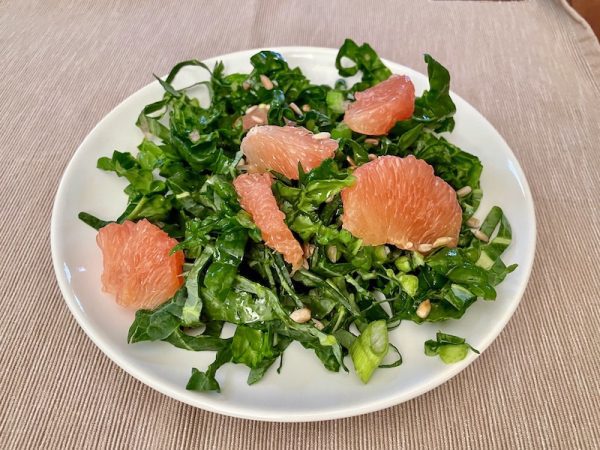
- Shred red cabbage and/or rainbow chard to use in salads, grain bowls, add to stir-fry and even roasted veggies
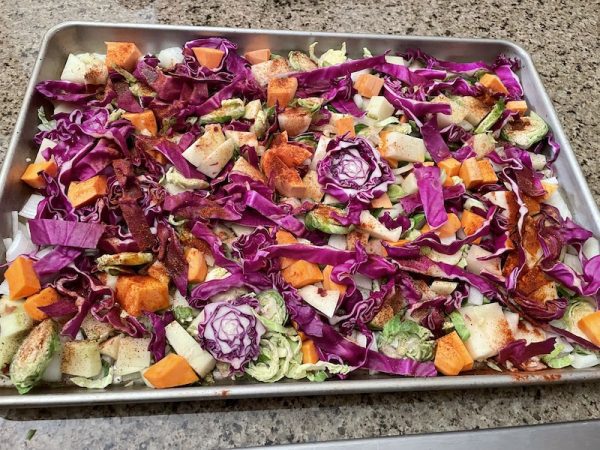
- Beets, red apples and pears, bell peppers and chilies — Eat them raw, shredded, roasted, or steamed and pureed
- Make babaganoush with the eggplant and use on sandwiches and wraps instead of mayo; enjoy it on rice cakes and seed crackers for an afternoon snack
Use your pantry
- Add sun-dried tomatoes or roasted bell pepper (jar) breakfast eggs, roasted veggies, cooked grains, and salads
- Add (canned) red beans to rice and grains, toss into salads, make into bean dips for wraps and breakfast toast topped with pumpkin/sunflower seeds
Use your freezer
- Add berries to oatmeal and chia puddings, pancakes, and muffins; defrost and puree them to mix into Greek yogurt or as pancakes and waffle toppings
- Roast and puree beets; freeze in 8 oz mason jars to use in overnight oats, blender pancakes, brownies
For More Empowerment
10 Powerful Purple Vegetables You Should Be Eating and Why – Food Revolution Network
What are anthocyanins and why are purple foods so healthy? BBC Good Food
6 Health Benefits Of Lycopene & Sources Of The Antioxidant – Mind Body Green

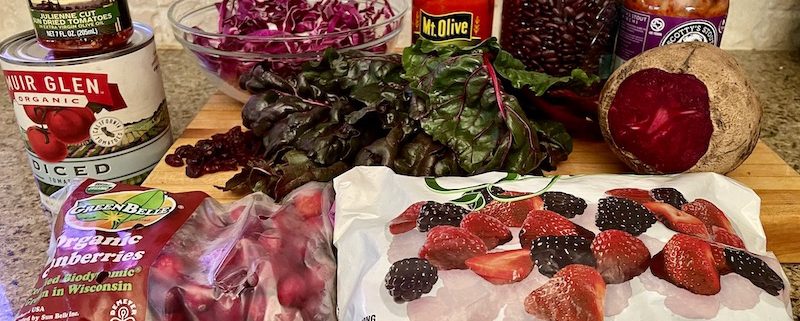
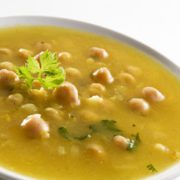
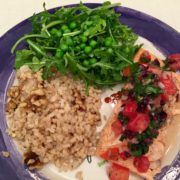
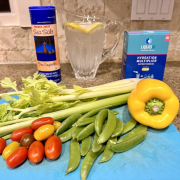
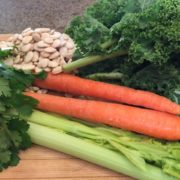

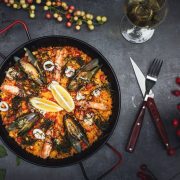




Leave a Reply
Want to join the discussion?Feel free to contribute!